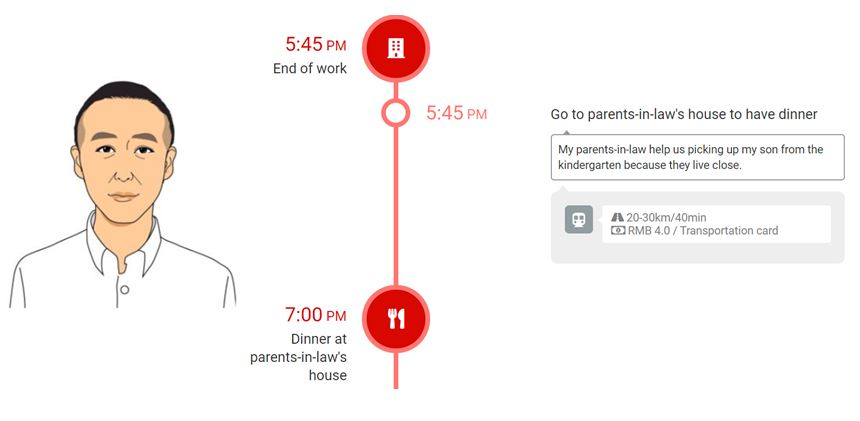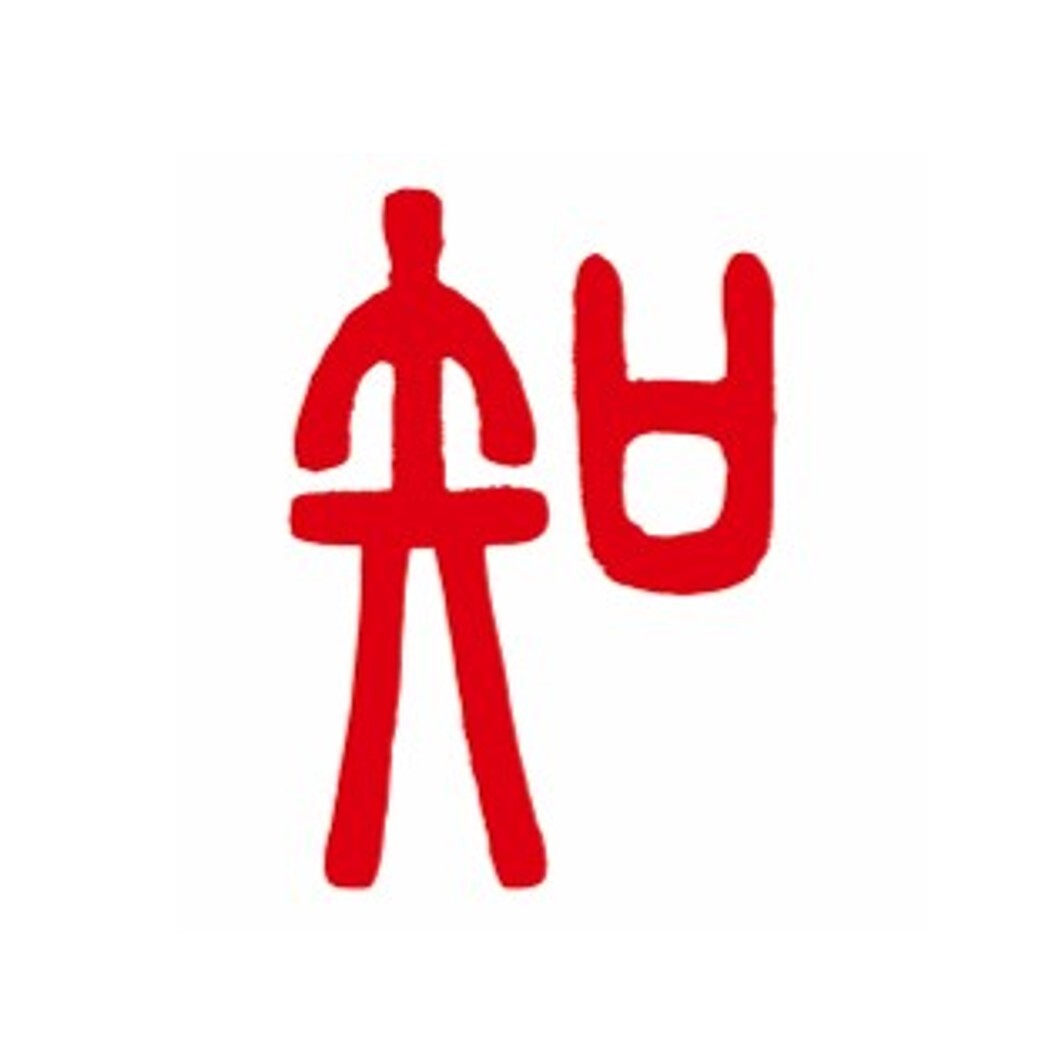[China] When does the mother return to work? Parenting in China
- Release date: Jul 29, 2020
- 4343 Views
Child-raising circumstances vary from country to country.
In China, the "80 years later" generation, who was born in the era of the one-child policy, becomes parents, and a total of six people consisting of a couple from the "80 years later" generation and both parents to raise one child has become commonplace. It is not unusual for grandparents to look after their grandchildren at home on weekdays, or for them to be in charge of picking up their grandchildren from kindergarten.
For example, this man who works in Shanghai, told me that his parents-in-law are in charge of taking his child to the kindergarten and picking up. He and his wife usually go to their house after work and have dinner together, and return home with his child.

For more details, check out the daily life of a man living in Shanghai.
When will mothers return to work?
Who feeds the baby?
In China, it is common for mothers to return to work before their children turn one year old. They also share the responsibility for breastfeeding with others.
The following is the percentage of infants between one month and six months of age who are raised by “exclusive breastfeeding".
Link to “exclusive breastfeeding rate of infants by month”
In Japan, exclusive breastfeeding rate is about 50% for 6 months old babies, but in China it drops to less than 10% for 6 months old babies. In China, many mothers return to work when their babies turn 6 months old. This indicates that other family members or support service (i.e. fathers, grandparents, and other support services) share the role of breastfeeding by using powdered infant formula or other means of feeding.
Thus, the environment surrounding working women who are raising children differs greatly between Japan and China. There would be differences in the process of decision making and how to use child-rearing products in both countries. Other than that, there is a possibility that their values for cosmetics and entertainment-related products or services are greatly different from those in Japan.
-

Author profile
Ms. Risa Takahama
I have been involved in global marketing research for consumer goods manufacturers, mainly in Asia, and is currently developing research solutions to guide the insights of overseas consumers. Whenever I travel abroad, I always stop at a drugstore to buy cosmetics that are unique to that country.
-

Editor profile
Mr. Yusuke Tatsuda
I am in charge of creating the website Global Market Surfer. While struggling to raise my children during Covid-19 and worried about my children's lack of exercise, I purchased a trampoline recently.
 Global Market Surfer
Global Market Surfer CLP
CLP